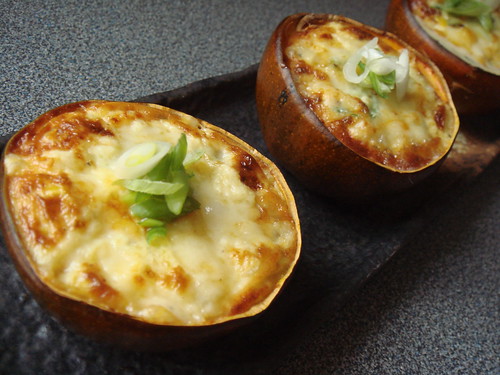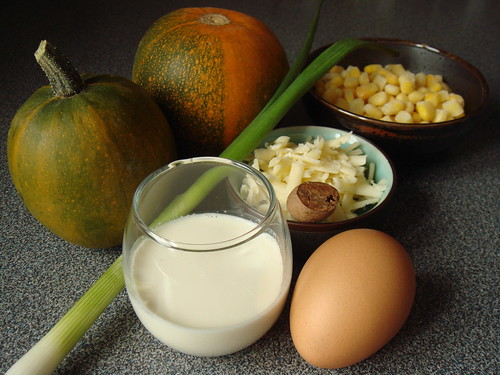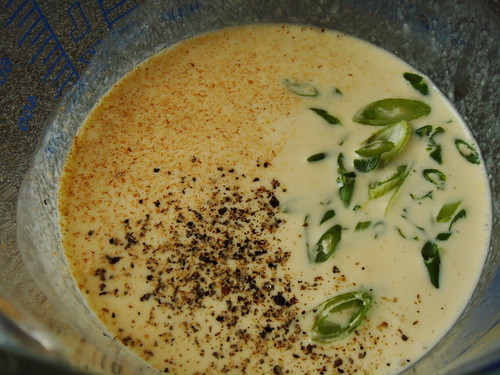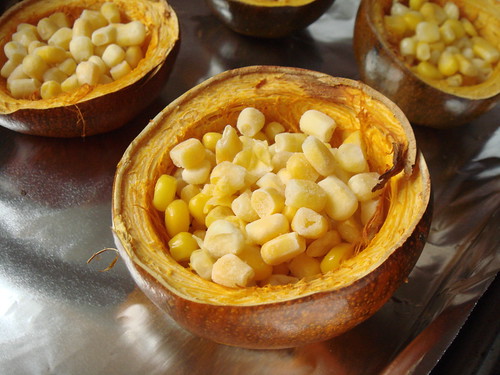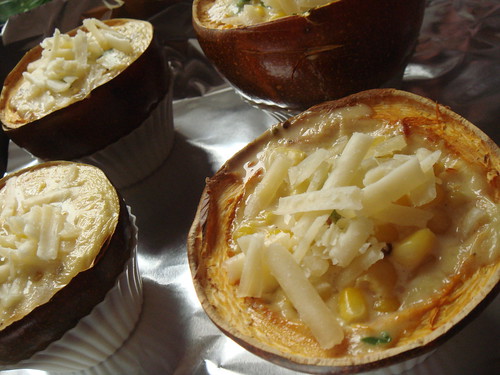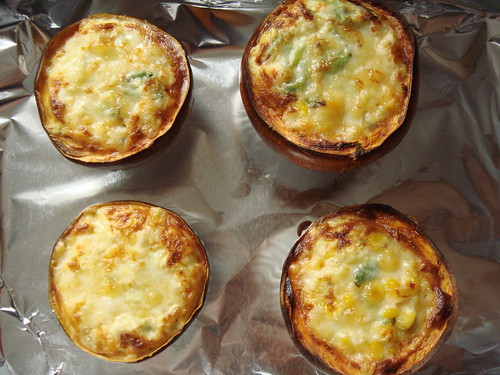- You take great care in choosing the right foods for your family to eat, but did you know that the way they’re prepared can have a large impact on their nutritional value?
- Whereas some cooking methods will preserve the food’s nutrients and flavor, others can actually diminish nutrient content and create harmful substances within your food.
- What about the microwave? While some believe microwaving is a fast way to cook food without a lot of extra oils, others believe it can change the chemical structure of the food in unknown, potentially negative, ways, while reducing fragile nutrients.
- It is always preferable to cook foods at lower temperatures than higher temperatures, not only because the nutrients are better preserved but also because the oils that you cook your food with — particularly vegetable oils like soybean, corn and canola — are easily damaged (oxidized) by the heat, posing health risks.
- Fortunately, there are many cooking methods out there that are good for your food and good-tasting. Here we’ve outlined some of the most popular cooking methods, starting with the healthiest methods and ending up with the worst.
1. Eat Your Foods Raw
- Well, it’s not exactly a cooking method, but it is a very healthy way to consume many of your favorite foods. Raw foods, advocates say, are higher in vitamins and nutrients, which are destroyed by cooking. Eating raw may seem extreme, but you can actually prepare some pretty tasty dishes if you know what foods to combine.
- If you would like to try out some delicious raw food recipes for yourself, Alive in 5: Raw Gourmet Meals in Five Minutes is packed with them (raw lasagna, spaghetti marinara, stuffed mushrooms, broccoli in cheese sauce, apple pie and more). They’re healthy and delicious, even if you’re new to raw foods!
2. Steaming
- Simply put a little water in a pot, put in a steamer basket or colander, and add your food. As the water boils, the steam will gently cook your food. Be sure not to cook your food for too long (veggies should still be brightly colored and slightly crunchy when they’re done), and you can also add some spices to the water to flavor the foods as they steam.
- This method works especially well for fragile vegetables like leafy greens and fish.
3. Poaching
- You can poach chicken, eggs and other foods by simmering them in a little bit of water or broth on your stovetop. Use a covered pan and take the foods off the heat when they’re tender.
4. Baking/Roasting
- Baking in your oven is a perfectly healthy way to cook, though it’s preferable to use a lower temperature and a longer cooking time than a higher temperature to cook the food more quickly (roasting is typically done at a higher temperature). You can bake meat, fish, poultry, veggies, bread, fruit and anything else. To keep in some of the moisture, try keeping your baking dish covered.
- Alive in 5: Raw Gourmet Meals in Five Minutes is the perfect cooking companion for anyone who wants to get more fresh, healthy and great-tasting foods into their diet — but doesn’t have a lot of time to do it.
5. Stir-Frying
- Stir-frying is a fast, healthy way to cook. Chop your meat and veggies into small, uniform pieces, add a little oil or broth to a pan or wok, then stir the foods until they’re just cooked through (add meat, which takes longer to cook, before the veggies). To preserve the nutrients in the veggies, cook them only slightly.
6. Braising
- When you braise a piece of meat or fish, you brown it slightly in a pan, then cover it with a small amount of liquid such as broth. The pan is covered, and the food is left to slowly and gently finish cooking. After the food is removed, the leftover juices can be used to make a flavorful sauce.
7. Boiling
- Boiled foods are healthy in that no harmful substances form when using this cooking method. However, there is some concern that nutrients may be lost when foods are boiled, and they may become overcooked. Steaming is a preferable cooking method to boiling.
- Want a break from the stove? Try a raw smoothie for breakfast or a snack. All you need is a blender, some fresh or frozen fruit, and, if you like, some kefir, yogurt or whey protein powder.
8. Sauteing
- Sauteing (cooking foods in a small amount of oil on your stovetop) is an acceptable form of cooking, although it does pose the problem of oxidizing oils. To avoid this, replace the oil with some broth instead and don’t turn the heat up too high.
9. Grilling and Broiling
- Many people love to grill their foods, however there are some potential problems to be aware of. Barbecue grill smoke contains cancer-causing chemicals known as polycyclic aromatic hydrocarbons. Meanwhile, heterocyclic amines form when food is cooked at a high temperature, such as those used in grilling and broiling. The chemicals have been linked to cancer.
- Advanced glycation end (AGEs) products are also produced when meats are cooked at high temperatures. AGEs, according to researchers at Mount Sinai School of Medicine in New York, build up in your body over time leading to oxidative stress, inflammation and an increased risk of heart disease, diabetes and kidney disease.
10. Frying
- Frying foods is the absolute worst way to cook your foods. The high temperatures produce cancer-causing heterocyclic amines, along with AGEs. Meanwhile, frying exposes your foods to large amounts of oxidized (rancid) vegetable oils, which then soak into your food and wreak havoc in your body. You should avoid frying your foods and use the cooking methods higher up on this page instead.






